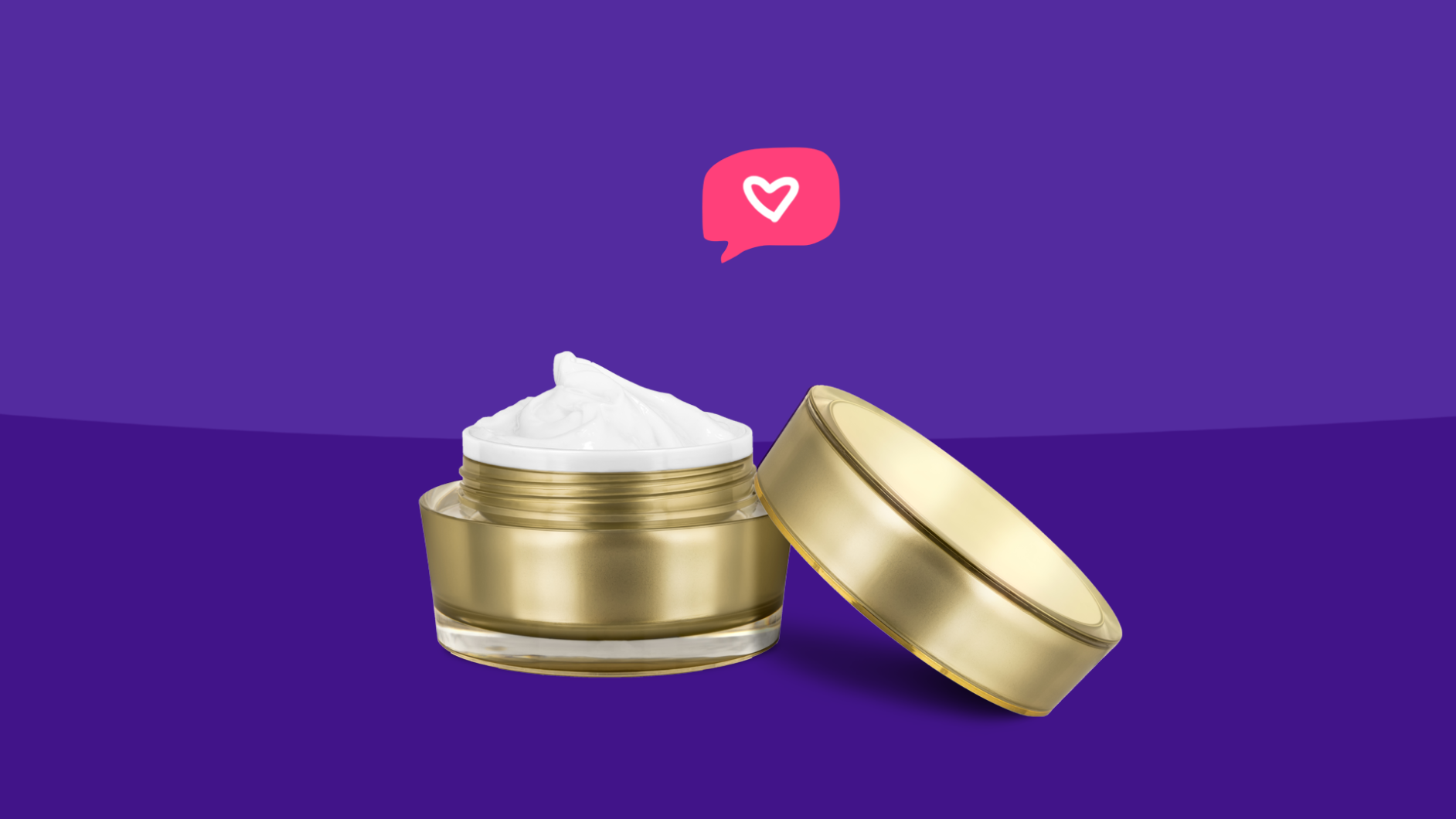Key takeaways
Dermatological needs peak in August for SingleCare users, with top prescriptions including treatments for inflammation, pain, bacterial infections, acne, and male pattern hair loss.
Increased outdoor activity and heat in August lead to more skin issues such as dryness, rashes, and acne, prompting a higher use of dermatological treatments.
Filling prescriptions for skin and scalp issues becomes more common in August as people prepare to return to school or work routines and because many have met their insurance deductibles, reducing out-of-pocket costs.
COVID-19 has increased the availability of dermatologists through telehealth services, making it easier for patients to get treatment for skin issues without in-person visits.
This August, as summer starts winding down, you may think your complicated skincare routine is behind you. You’re no longer stocking up on sunscreen, aloe, and calamine lotion on every trip to the pharmacy to treat all those sunburns and insect bites.
Yet for SingleCare users, this month is a peak time for dermatological needs. In fact, it’s the most popular category of prescriptions filled. These are the ones that took the top spots, according to SingleCare data:
| Medication | How it works | SingleCare coupon |
| Triamcinolone acetonide (topical) | Reduces inflammation, itching, and redness from conditions like eczema or psoriasis | Get coupon |
| Diclofenac sodium (available in both topical and oral form) | Relieves pain and swelling of the knees, hands, elbows, or wrists from osteoarthritis | Get coupon |
| Mupirocin (topical) | A topical ointment that treats a wide range of bacterial skin infections | Get coupon |
| Tretinoin (topical) | Treats acne, smooths rough skin, and reduces the appearance of fine lines and wrinkles | Get coupon |
| Finasteride (oral) | Treatment of male pattern hair loss | Get coupon |
These five medications are all used to treat issues of the skin and/or scalp, but they are all different medications in terms of how they work.
RELATED: Acne treatments and medications
Why are dermatological drugs popular in August?
So what is it about August that has us reaching for dermatological treatments?
It’s hot!
You’ve been spending time outdoors and been active all summer long; by the time August rolls around, your skin is starting to show it. You’re sweating more and may be a little dehydrated. What many people don’t realize is that it affects your skin. “Our body is made up of around 60%-plus water and the skin consists of 20% to 30% water,” explains Stephanie Redmond, Pharm.D., CDE, BC-ADM, the founder of diabetesdoctor.com. “Since water helps to hydrate and plump skin cells, lack of water can irritate skin and cause dryness.” Hydration is also important for preventing acne and removing toxins from the body.
All of the time spent outside may mean more dry patches or peeling skin from sun exposure. Or, time spent in the wilderness leads to more rashes and bug bites. Because of the heat, you’re likely wearing less clothing to cover up those blemishes. Meaning, you’re more likely to want to treat skin imperfections.
That’s when you might be heading to the pharmacy for a refill of triamcinolone acetonide or tretinoin to treat a rash or pimple outbreak. Just make sure you wait to apply it until you’ll be spending more time indoors. Retin-A (tretinoin) increases your sensitivity to the sun.
RELATED: What is a sun allergy?
It’s back-to-school (or work)
While this school year looks different for some students in the United States, a typical August for SingleCare users sees people returning to their regular school-year routines. As a result, Erum Ilyas, MD, a dermatologist and CEO and Founder of AmberNoon, says that her practice sees an increased volume of certain types of patients by the end of summer. “During the month of August, we tend to see a relatively higher volume of school age children and college age young adults. Many of these visits are targeting acne to clear prior to school starting.”
The end of summer also raises issues for adults returning to their normal routines come fall. Finasteride, a generic for Propecia used to treat male pattern baldness, is a frequently filled prescription for August. Dr. Ilyas attributes this rise in prescription fills to two things: swimming and sun exposure. Wet hair can draw attention to thinning hair or bald spots, and the extra sun exposure can lead to painful sunburns on the scalp, a part of the body that burns easily and is difficult to cover with sunscreen.
RELATED: Acne scar treatments and medications
It costs less
It’s not simply vanity or discomfort that incentivizes people to fill dermatological prescriptions in August. Many SingleCare users have hit their insurance deductibles by summer. According to the American Journal of Managed Care, the average American meets their annual out-of-pocket spend by May. Once you hit your deductible, your prescriptions will likely be covered for only the cost of your copay. This means summertime is the right time to fill those prescriptions that you may have waited to fill earlier in the year because of high prices. Or, you could stock up on routine medications you need, like diclofenac sodium to manage arthritis pain, while the cost is lower.
Dermatologists are more available
Because of COVID-19, skincare issues are being treated in new and innovative ways—like telehealth—while dermatologists try to provide safe care. Many patients are now able to get their prescription needs met without going to visit the doctor in person, which could make care more accessible. “Dermatology and skin issues are ones that can be described with symptoms and viewed with a photo/video and so this is a great example of a visit appropriate for telehealth that doesn’t need a lab test done in-clinic (usually),” Dr. Redmond explains.
No matter what your summer looks like this year, the extra heat, sun and humidity might leave you feeling unnecessarily uncomfortable. If so, consult with your doctor in the way that works best for you.



